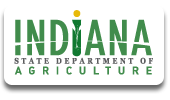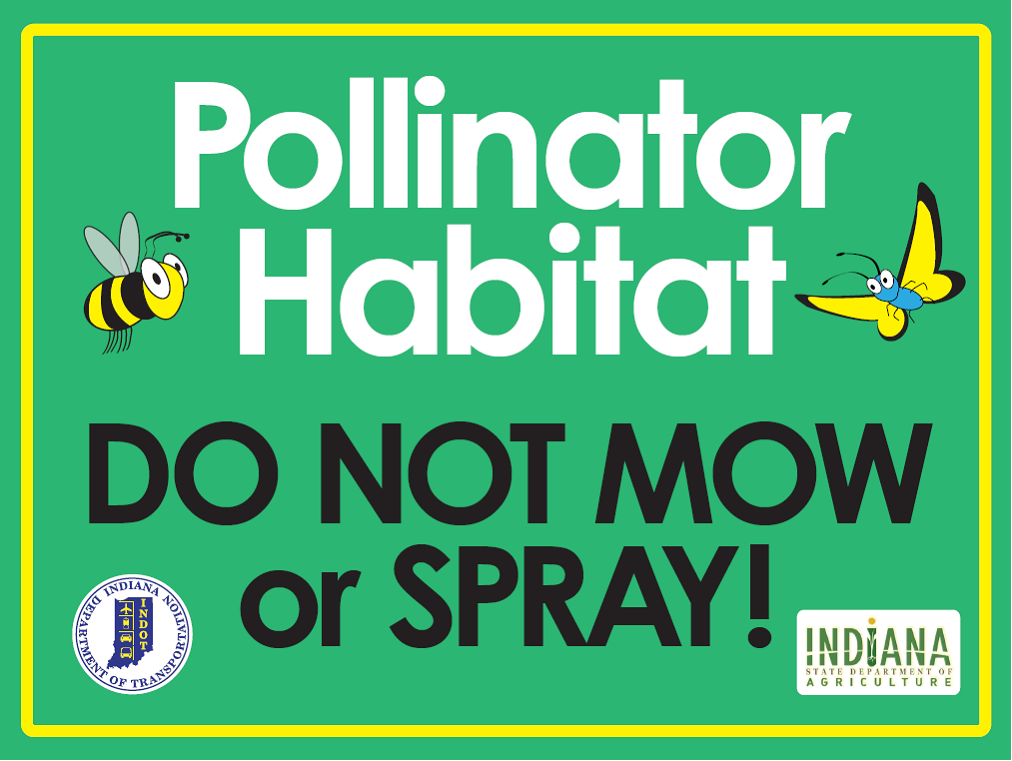What are pollinators?
According to the Indiana Wildlife Federation, Pollinators are organisms that carry pollen from one flower to another. Flowering plants depend on pollinators in order to reproduce. The word “pollinator” includes any number of insects, and even some vertebrate animals (not included in this plan), that move plant pollen from one plant to another. The most commonly identified pollinators are honey bees, bumble bees, other kinds of native bees, as well as many different moths, butterflies or beetles.
What is the state doing?
The Office of Indiana State Chemist and the Indiana Pesticide Review Board are leading the charge to develop Indiana's managed pollinator protection plan (MP3). The pollinator protection plan provides protection to pollinators by better managing exposure to pesticides through changes in federal policy and possible state enforcement strategies, education, and awareness. The pollinator plan importantly provides awareness of the needs and opportunities to enhance the acreage of pollinator foraging areas that provide good nectar‐producing habitats throughout the state. The plan may address consideration of the monarch butterfly as an endangered pollinator in need of improved habitat and more access to common milkweed, a plant that is critical to its survival.
Why do pollinators matter?
According to Million Pollinator Gardens, pollinators are responsible for 1 out of 3 bites of food we take each day, and yet pollinators are at critical point in their own survival. Many reasons contribute to their recent decline. We know for certain, however, that more nectar and pollen sources provided by more flowering plants and trees will help improve their health and numbers. Increasing the number of pollinator-friendly gardens and landscapes will help revive the health of bees, butterflies, birds, bats and other pollinators across the country.
How does animal pollination work?
According to the Natural Resources Conservation Service, pollinators visit flowers in their search for food (nectar and pollen). During a flower visit, a pollinator may accidentally brush against the flower’s reproductive parts, unknowingly depositing pollen from a different flower. The plant then uses the pollen to produce a fruit or seed. Many plants cannot reproduce without pollen carried to them by foraging pollinators.
As a farmer, how can I incorporate a pollinator habitat into my farming practices?
The Indiana Conservation Partnership provides on-farm conversation practices that can also serve as pollinator habitat. Here are just a few:
What is being done nationwide?
The pollinator resources found at Xerces Society support habitat restoration in the mainland U.S. and Canada. The National Association of State Departments of Agriculture are promoting MP3s as part of a national effort to increase pollinator habitat. Another organization, Wild Ones, continues to lead the natural landscaping movement and works to explore, teach, and change the practice of gardening in communities around the country to use native plants.

